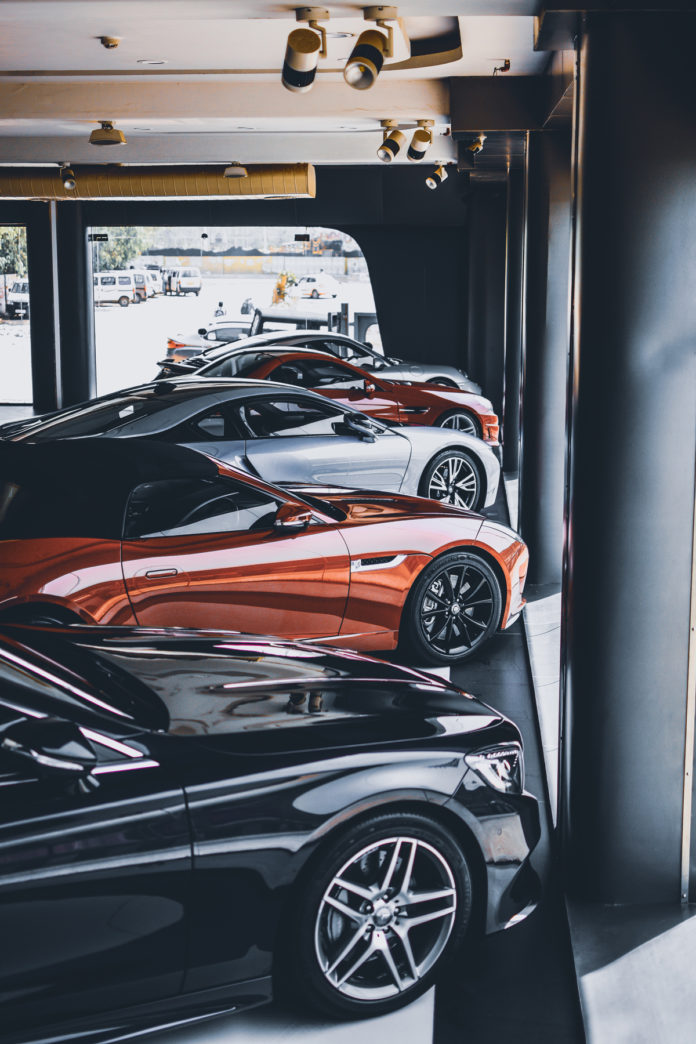
A large vehicle showroom is often considered to be a sacred element of the car sales process. It’s the jewel in the center of the crown, and the center ring of the circus. Everyone agrees that dealerships simply can’t do business without a physical showroom. But is this true?
In parts of the world where real estate comes at a premium and profit margins are shrinking (i.e., in most global cities), some car dealers are using modern technology to create digital showrooms. This is happening in many cities in India, where the costs of owning traditional dealerships with the full complement of real estate is increasingly impractical, according to a recent article by Nehal Chaliawala and Ketan Thakkar for India’s Economic Times.
“Maruti Suzuki, Tata Motors, Mahindra & Mahindra and other automakers are opening showrooms that are just 100 to 300 square feet in size to keep the capital cost low, compared with the traditional ones that typically take 3,000-5,000 square feet,” wrote Chaliawala and Thakkar. “These new format facilities come equipped with modern gadgets offering rich digital experience to buyers, but operate at a fraction of the cost.”
The president of Tata’s passenger vehicle business, Mayanak Pareek, told ET that the company, which is India’s largest seller of vehicles, intends to open as many as 2,000 digital showrooms in India in the years to come. While the cost of creating these digital showplaces is high, operating them will cost very little compared to the traditional business model.
The goal of the digital showrooms is to be able to offer an “immersive” digital experience to the customer using state-of-the-art computing and display. This might mean virtual reality, high-resolution video, unified communications, smart glasses and even (eventually) holography. Once the technology is mastered, it could even be moved easily, leading to virtual showrooms that are highly mobile so showrooms can be brought to smaller cities and more rural areas where a traditional dealerships is impractical.
“Dealerships need to go down in size for business to be viable,” one auto dealer told ET.
The idea isn’t limited to India. As U.S. dealers seek to engage more of their valuable web site visitors, they’re using “immersion” technology to attempt to do so. Fiat Chrysler already offers a live virtual showroom experience that “teleports” online visitors to showrooms or dealerships, where sales reps can use the camera of smart glasses or smartphones to display vehicles in real time to web site shoppers. By synchronizing video images with a phone call and other media such as chat and co-browsing, dealers can build omnichannel vehicle shopping experiences that transcend the once-sacred floor of the dealership showroom.












